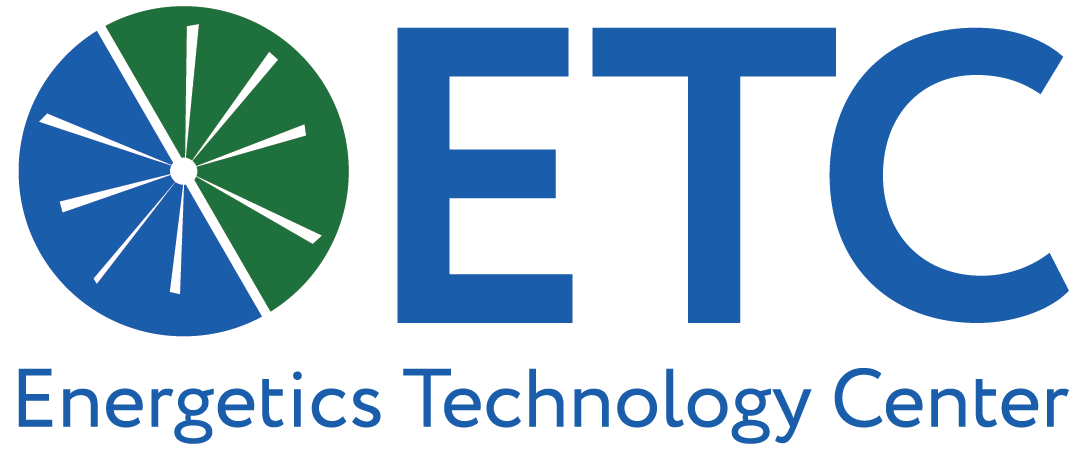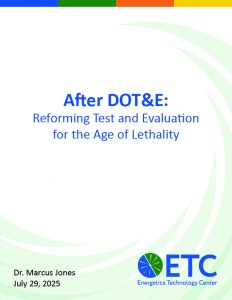Navigate the Future sponsored by the National Defense Education Program provides experiential learning opportunities in computer science, robotics, and biotechnology to Tribal schools in the San Juan School District in Utah. ETC develops and delivers curriculum in computer science, robotics and life skills to cohorts of high school students each summer. Now in its third year, several graduates of the program will be interning at the ARL, mentored by ETC in robotics. For more information: https://webassets.aihec.org/Initiatives/STEM/FTF/Pages/default.aspx
Cyber SyncED
Students entering 9th – 12th grade will immerse themselves in the world of cybersecurity during a one-week interactive STEM program. Join us for an exciting week of hands-on learning, where participants will explore the fundamentals of cybersecurity and engage in real-world simulations, master cutting-edge tools, and collaborate with Cyber experts to develop practical skills in protecting digital systems. Dates for 2025 will be announced in March. For more information: https://www.usaeop.com/program/adelphi/
Computer Science Principles
Students entering 9th – 12th grade will investigate computer science principles, develop basic algorithms, learn Python programming language, and explore how computing and technology can impact the world. Dates for 2025 will be announced in March. For more information: https://www.usaeop.com/program/aberdeen/
Robotics
Students entering 9th – 11th grade will learn to design, build, and program SumoBots that navigate and battle in a fun competition format with other robot teams. SumoBots are small autonomous robots that use sensors to detect each other. In “battle,” they “fight” to push the opponent robot out of a competition ring. During this hands-on STEM program, students will work in small groups of three under the guidance of Near-Peer Mentors and Teachers. Classes will be hosted at the Army Research Laboratory’s Robotics Research Collaboration Campus (R2C2) in Middle River, MD. Dates for 2025 will be announced in March. For more information: https://www.usaeop.com/program/aberdeen/
AEOP GEMS
Each year, ETC develops curriculum and executes summer programs for the Army Educational Outreach Program (AEOP) Gains in the Education of Mathematics and Science (GEMS) at the U.S. Combat Capabilities Development Command U.S. Army Research Laboratory (DEVCOM ARL). ETC’s GEMS III programs provides rising 9th – 12th grade students the opportunity to interact with scientists and engineers to explore essential research areas related to science, technology, engineering, and mathematics (STEM) subjects and careers. If you enjoy hands-on activities and want to learn more about STEM topics and careers, apply to GEMS.
ETC TechTerns
ETC manages several internship programs that create opportunities for high school and undergraduate students to perform real work in their field of interest. ETC’s interns are teamed with ETC employees who provide technical and professional mentoring. These internships may be hosted at DoD sites such as the Robotics Research Collaboration Campus at the Army Research Laboratory (ARL), or at the Naval Surface Warfare Center Indian Head Division (NSWC IHD).
NETAP
The Naval Energetics Technology Apprenticeship Program (NETAP) provides rising high school juniors and seniors an internship to develop critical thinking, problem-solving and engineering skills. Student will learn to design and build a remote-control underwater vehicle (ROUV). Over the course of the 3-week program, students will learn to use power tools, solder circuits and program in Python to improve upon a standard SeaPerch build to compete for best design and fastest to complete the underwater challenge. The NETAP program is led by ETC staff and scientists/engineers from Naval Surface Warfare Center – Indian Head Division. Students will learn about NSWC programs and future career opportunities in the Navy. Dates for 2025 will be announced in March. For more information: netap@etcmd.com
RoboMasterminds
Funded by the National Defense Education Program, RoboMasterminds is an after-school, summer, and internship program for students ages 8-18 and college undergraduates that builds age-appropriate technical skills in robotics, programming, and engineering. Developed jointly by the Army Research Laboratory (ARL), the Naval Surface Warfare Center Indian Head Division (NSWC IHD), and Energetics Technology Center, RoboMasterminds includes STEM activities, workshops, and internships. This programs focuses on keeping elementary and middle school youth in the STEM pipeline through a tiered mentoring framework, which creates a continuum of STEM experiences that seamlessly ushers them into the “next step” in STEM.
Visit the RoboMasterminds website to learn more.

